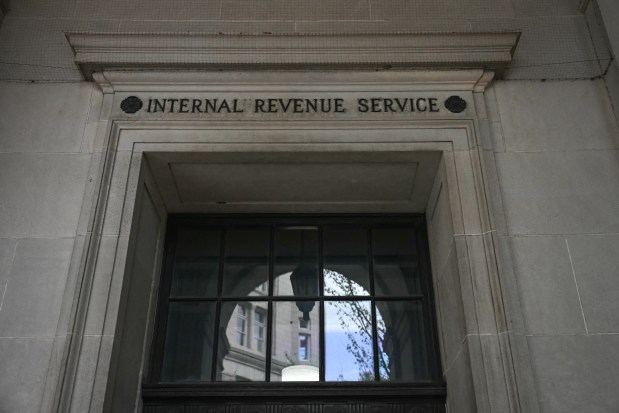As we race to Election Day, one polling question will gain enormous importance in our understanding of the race — who are the actual voters? Using likely-voter screens, pollsters are now trying to figure out who will vote and who will sit this one out. In most polls, there is usually a small difference in the preference between the total registered voters and likely voters. In ultra-close elections, that tiny fraction could be decisive.
However, one of the single biggest factors in figuring out who is a likely voter, namely someone who voted in past elections, may be tilted due to the unusual nature of the 2020 race. Four years ago, America saw a historic voter turnout, one that, despite discussions of energized voters, may very well not be repeated in this race.
The 2020 race between Joe Biden and Donald Trump witnessed a sky-high 62% of the voting age population come out, and 67% of eligible voters — numbers not seen since 1960. This was also by far the highest turnout since the voting age was lowered in 1972 and civil rights laws helped open up the voting populace. In that 48-year time span, no election topped 57.1%. It wasn’t just that the numbers were particularly high; it was also the great increase between elections. The jump in turnout between 2016 and 2020 was historic — no two elections had a larger differential since 1948 and 1952.
This has nothing to do with 2016. Despite people’s perceptions, the jump between 2016 and 2020 was not because voters were turned off by the candidates in 2016. In fact, that race between Trump and Hillary Clinton itself saw a 1% rise from the 2012 election, with turnout hitting 54.8%. This percentage was almost six points higher than the modern-day low in 1996, when slightly less than half of potential voters came out.
What may explain the 2020 explosion in voter interest? Most likely, it was a combination of higher interest in policy brought on by the federal government’s reaction to the COVID-19 pandemic, an increase in ballot access making voting easier and a very competitive election in which voters felt that their vote could actually make a difference.
Perhaps the personalities involved and the recent burst of voter enthusiasm since the Democrats switched candidates will help boost turnout back to 2020 levels. But that’s certainly not something to count on. Boring candidates and elections that are uninteresting in retrospect have regularly inspired higher turnout than the exciting ones. The 1976 race between Gerald Ford and Jimmy Carter outdrew either of Ronald Reagan’s victories. William Howard Taft’s 1908 victory overperformed Theodore Roosevelt’s 1904 triumph and Woodrow Wilson’s 1912 success (one that featured all three men fighting for the White House). We see similar turnout shifts for reelections, as Bill Clinton, Dwight Eisenhower and Barack Obama all saw huge jumps for their election and a corresponding fall the second time around.
There is also the rerun factor. As the only president never to hold either an electoral nor military office, Trump can be seen as a unique figure in American history. But it is nothing new to have a former nominee run for the presidency again. As a TV personality, Trump may be able to guess the result of a “rerun” on voter turnout. Since the Civil War, there have been six times when a losing candidate came back to win their party’s presidential nomination — three times in a rematch (Grover Cleveland, William Jennings Bryan, Adlai Stevenson) and three times facing new contenders (Bryan, Thomas Dewey, Richard Nixon). In every instance, turnout dropped.
There has long been a belief that lower turnout races would benefit Republicans. Recent developments, notably the move toward Democrats from college-educated voters, who are more likely to vote, may suggest a very different dynamic. These changes have made it unclear who would in the end benefit. In a tight race, who will show up is a critical and potential decisive question. But having a modern-day record turnout in the last election may make this a particularly interesting polling environment, one that could lead to surprises come Election Day.
Joshua Spivak is a senior fellow at the Hugh Carey Institute for Government Reform based at Wagner College and a senior research fellow at Berkeley Law’s California Constitution Center. He is the author of “Recall Elections: From Alexander Hamilton to Gavin Newsom.”
Submit a letter, of no more than 400 words, to the editor here or email letters@chicagotribune.com.



